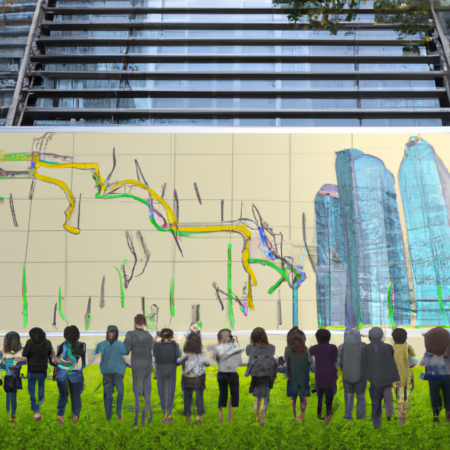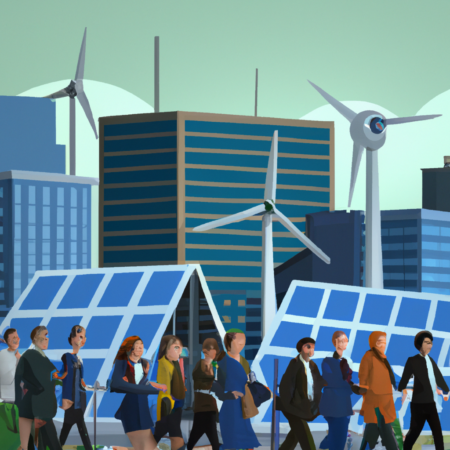Navigating Economic Shifts: Strategies for Growth in 2025
As we move deeper into the second quarter of 2025, the global economy continues to experience transformative shifts influenced by technological advancements, geopolitical tensions, and evolving consumer behaviors. This blog post explores these trends and offers strategic insights for businesses and policymakers.
Understanding the Current Economic Landscape
The year 2025 has been marked by rapid technological innovation, but also by significant geopolitical challenges. These factors have reshaped industries and altered the economic forecasts made at the decade’s start.
One of the most significant trends is the increased adoption of AI and automation, which has transformed the labor market and productivity rates. Additionally, climate change continues to impact economic policies globally, as governments and corporations invest more heavily in sustainable practices.
Strategic Adjustments for Businesses
Businesses must adapt to these changes by leveraging technology to enhance efficiency and by embracing flexible work models to attract global talent. Moreover, investing in sustainable and resilient supply chain solutions has become crucial.
It is also essential for businesses to stay agile in regulatory compliance, especially with the international focus on data protection and cybersecurity.
Policy Recommendations for 2025
Policymakers need to focus on creating environments that foster innovation and economic growth while ensuring stability and security. This includes supporting technological advancements and providing frameworks for ethical AI use.
Additionally, international cooperation is more critical than ever to address global challenges such as climate change and economic inequality.
Conclusion
The economic landscape of 2025 offers both challenges and opportunities. By understanding these dynamics and implementing strategic adjustments, businesses and policymakers can navigate these changes effectively to foster growth and stability.






